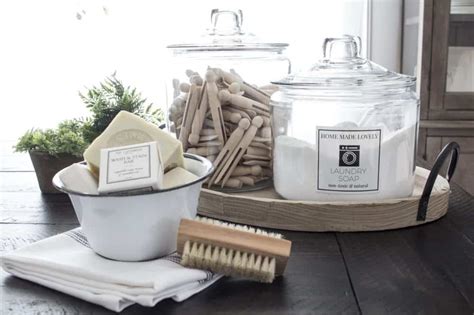Soap Storage: Avoid These Common Mistakes
So, you've invested in a beautiful, luxurious bar of soap. Whether it's handmade, artisanal, or a classic favorite, you want it to last and maintain its delightful scent and lather. But improper storage can quickly ruin even the finest soap. Let's explore the common mistakes people make and how to avoid them, ensuring your soap remains a fragrant pleasure for as long as possible.
Why Does Proper Soap Storage Matter?
Before diving into the mistakes, let's understand why proper soap storage is crucial. Improper storage leads to:
- Faster Deterioration: Exposure to moisture and air can cause soap to soften, become mushy, and eventually dissolve prematurely.
- Loss of Scent: Fragrant essential oils used in many soaps can evaporate quickly if not stored correctly.
- Bacterial Growth: Damp, poorly ventilated storage environments can encourage bacterial growth, making your soap unsanitary.
- Waste of Money: Proper storage extends the lifespan of your soap, saving you money in the long run.
Common Mistakes to Avoid When Storing Soap
Now, let's address those frequent missteps that lead to prematurely ruined soap:
1. Leaving Soap in a Soapy Dish Filled with Water
This is arguably the most common mistake. Leaving your soap sitting in a pool of water creates the perfect breeding ground for bacteria and accelerates the softening and dissolving process. Always ensure your soap dish has proper drainage.
2. Storing Soap in a Damp or Humid Environment
Bathrooms, by their nature, are often damp and humid environments. While unavoidable, try to mitigate this by choosing a well-ventilated area or using a soap dish that promotes airflow. Avoid enclosed containers that trap moisture.
3. Storing Soap Directly on the Shower Floor or in a Closed Container
Direct contact with water and a lack of airflow contribute to rapid deterioration. A soap dish designed for drainage and ventilation is essential. Similarly, storing soap in a closed container traps moisture, leading to the same problems as leaving it in a water-filled soap dish.
4. Neglecting to Allow Soap to Dry Between Uses
After each use, allow your soap to air dry completely. This helps prevent excess water absorption. Consider using a soap dish with built-in drainage or simply placing it on a well-ventilated area to dry after showering.
5. Using the Wrong Type of Soap Dish
Not all soap dishes are created equal. Some are designed with drainage and ventilation in mind, while others trap moisture. Choose a soap dish that allows for proper airflow and drainage to keep your soap dry.
How to Properly Store Your Soap
Here's how to extend the life of your soap:
- Use a Well-Ventilated Soap Dish: Opt for a soap dish with holes or open spaces to allow for air circulation and drainage.
- Air Dry Your Soap: After each use, allow your soap to air dry completely.
- Store Soap in a Dry Place: If possible, store soap outside of the shower or in a less humid area of your bathroom.
- Consider a Soap Saver: Soap savers, often made of mesh or silicone, help to extend the life of your soap by allowing it to drain and air dry more efficiently.
- Rotate your Soaps: If you have multiple bars, rotate them to ensure they all get an equal chance to dry out.
By following these tips, you can significantly extend the lifespan of your favorite soap and continue to enjoy its luxurious lather and fragrance for much longer. Remember, a little attention to storage goes a long way in preserving your soap investment.

